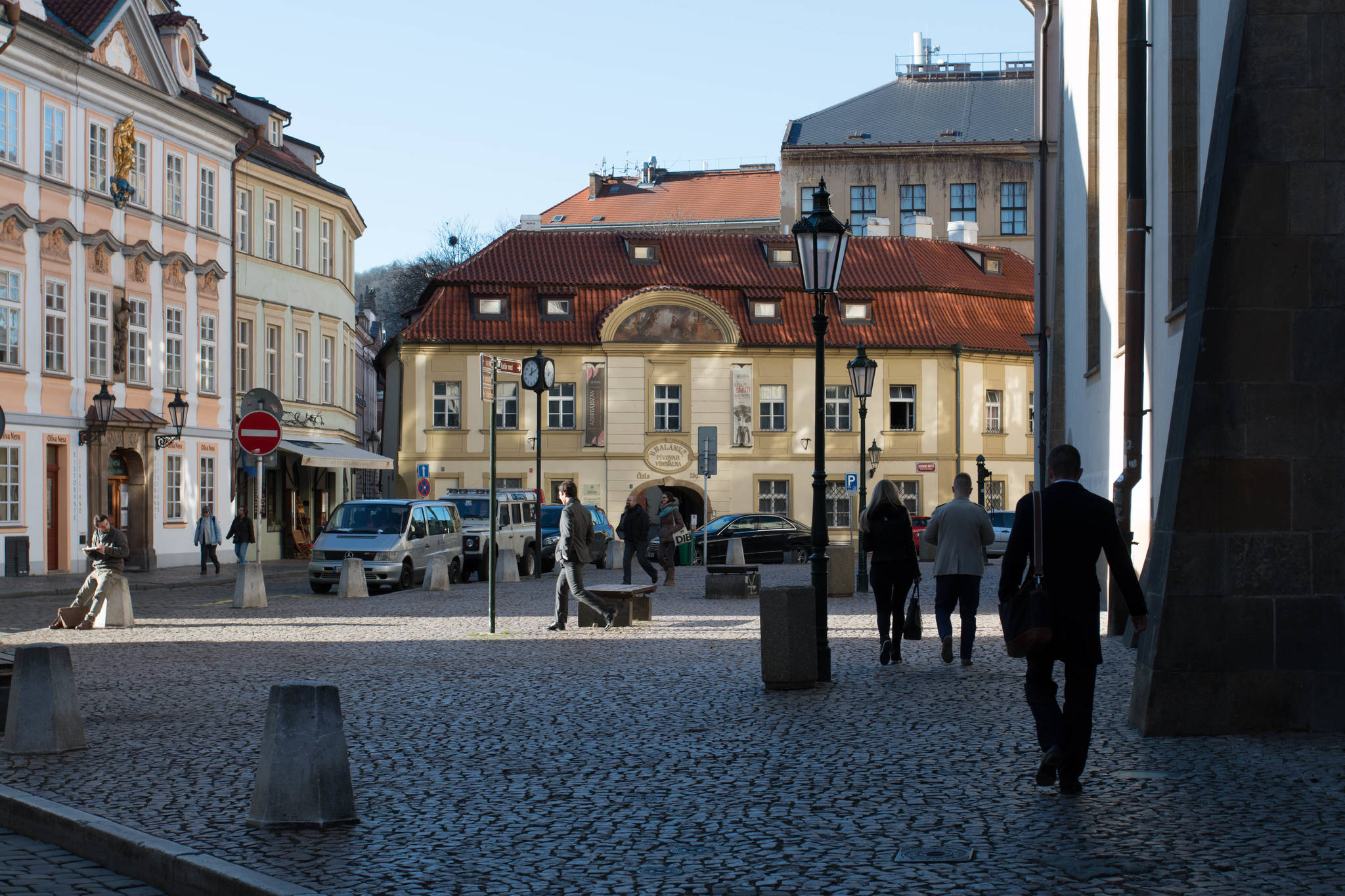The Náprstek Museum of Asian, African and American Cultures is one of the buildings in which the collections of the National Museum are displayed. The building, located in the Prague Old Town and which, at the time, contained a brewery and still-house, was bought in 1826 by the Fingerhut family, whose younger son Adalbert later became a prominent Czech patriot, benefactor and politician known by his Czech name, Vojta Náprstek. Following the defeat of the revolutionaries in 1848, Náprstek fled to the United States to avoid persecution, staying there for ten years. Following his return he established a private Bohemian Museum of Industry with the intention of benefiting Czech society and helping Czech industry, which at the time lagged behind the rest of the world. The museum and library quickly became a centre for the Bohemian intelligentsia. After Náprstek's death the institution became an ethnographic museum, and since 1946 has exclusively focused on non-European cultures.


